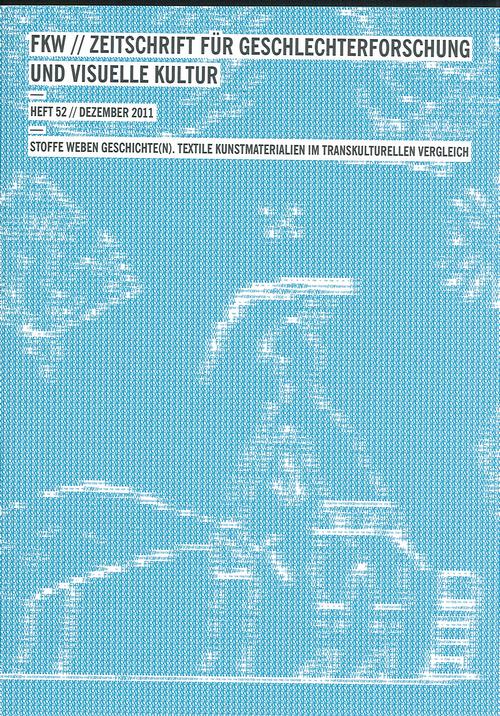Kleidung als Kunst_ Portrait einer Ikatdesignerin in Ostindonesien
DOI:
https://doi.org/10.57871/fkw5220111222Abstract
WILLEMIJN DE JONG
Clothing as Art: The Portrait of a Woman Ikat Designer in Eastearn Indonesia
In Eastern Indonesia, hand-woven clothing with ikat designs are highly valued as prestigious artifacts. They are worn at feasts and other public events, exchanged as gifts, and they are sold to locals, tourists and museums. In this article it is argued that richly decorated women’s sarongs created by master weavers represent a unique form of art. This is shown through the analysis of figurative ikat sarongs (lawo gamba) as a special type of textiles, each piece of which is one of a kind. One of the locally well-known master weavers of a main cultural center in Central Flores is portrayed through five of her figurative sarongs created during the period of 1995 to 2011. Referring to Alfred Gell’s social anthropological art theory and the feminist postcolonial approach of the globalization of Asian dress by Sandra Niessen, Ann Marie Leshkowich, and Carla Jones, it is proposed that the figurative ikat clothes in this case study derive their artistic quality from the entanglement of local, national, and transnational processes and social interactions, in which they are imbued with agency through technical skills, aesthetics, and intentionality regarding the ikat designs. By explicitly including certain items of ikat clothing in the global art system, as Sandra Niessen does with certain items of hand-woven clothes from Western Indonesia in the global fashion system, a rethinking of ikat textiles as artifacts in Eastern Indonesian cultural heritage is advocated.
Downloads
Veröffentlicht
Ausgabe
Rubrik
Lizenz
Die Autor_innen behalten das Copyright und treten keine exklusiven Nutzungsrechte an FKW ab.
Ab 2017 erscheinen alle Texte von FKW // Zeitschrift für Geschlechterforschung und visuelle Kultur unter der LizenzCC-BY-NC-ND Lizenz 4.0 International (Creative Commons, Namensnennung, Nicht Kommerziell, Keine Bearbeitung 4.0 International). Der Lizenzvertrag ist abrufbar unter: https://creativecommons.org/licenses/by-nc-nd/4.0/legalcode.de, eine allgemein verständliche Fassung unter: https://creativecommons.org/licenses/by-nc-nd/4.0/deed.de
Von 2013 bis 2016 sind alle Texte von FKW // Zeitschrift für Geschlechterforschung und visuelle Kultur unter der Digital Peer Publishing Lizenz (DPPL) erschienen. Der Lizenztext ist im Internet abrufbar unter der Adresse: http://nbn-resolving.de/urn:nbn:de:0009-dppl-v2-de3
Die Abbildungen in Ihrem Beitrag
Die Autor_innen verpflichten sich, die Abdruckgenehmigung für die in ihren Texten verwendeten Bilder bei der jeweiligen, die Bildrechte verwaltenden Institution einzuholen und die zuständige Herausgeberin über das Ergebnis zu informieren. Wir weisen darauf hin, dass die Verwendung von Bildern in wissenschaftlichen Texten gewöhnlich als Zitat angesehen und entsprechend kostenfrei gewährt wird.





